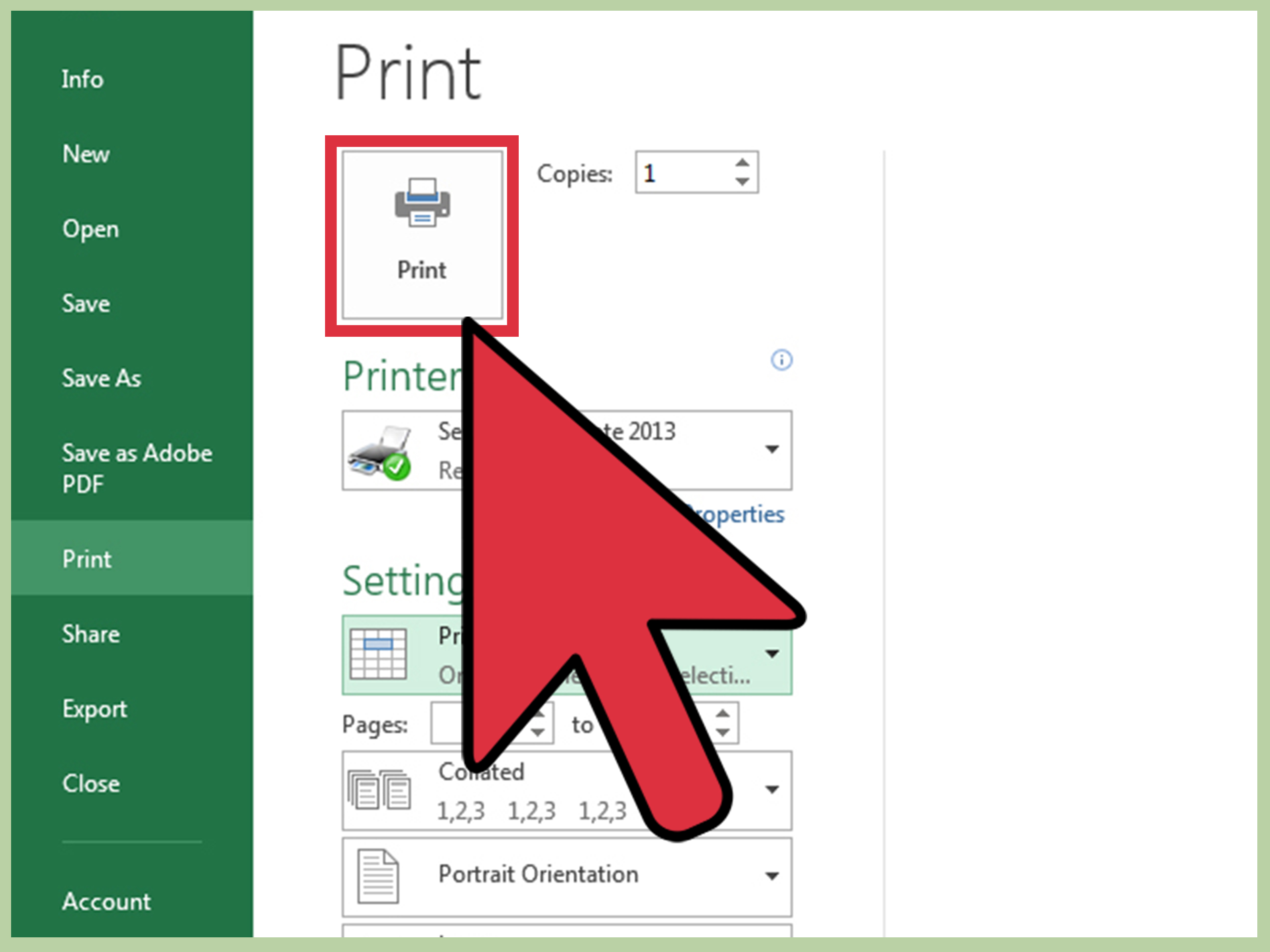5 Ways to Print All Sheets in Excel VBA

In the dynamic world of spreadsheet management, Microsoft Excel stands out as a pivotal tool for both beginners and experts. One common, yet complex task users often encounter is printing multiple sheets at once, which can be particularly tedious if done manually. Here, we delve into VBA (Visual Basic for Applications), Excel's programming language, to streamline this process. This guide will explore five innovative ways to print all sheets in an Excel workbook using VBA macros.
1. Basic All Sheets Print Method

The simplest method involves printing every worksheet in the active workbook without any customization:
Sub PrintAllSheets()
Dim ws As Worksheet
For Each ws In ActiveWorkbook.Worksheets
ws.PrintOut
Next ws
End Sub
This VBA script iterates through each worksheet in the active workbook, sending it directly to the printer.
📌 Note: Ensure your printer is connected and ready before running this macro.
2. Printing Sheets With Conditions

Sometimes, you might not want to print every sheet. For instance, you might skip sheets containing specific text or only print sheets that meet certain criteria:
Sub PrintConditionalSheets()
Dim ws As Worksheet
For Each ws In ActiveWorkbook.Worksheets
If InStr(ws.Name, "Draft") = 0 Then
ws.PrintOut
End If
Next ws
End Sub
This code skips any sheet named "Draft" or containing that term in its name.
3. Customizing Print Settings

Excel’s PrintOut method allows for customization of print settings like page orientation, copies, and more:
Sub PrintAllSheetsCustomized()
Dim ws As Worksheet
For Each ws In ActiveWorkbook.Worksheets
With ws.PageSetup
.Orientation = xlPortrait
.PrintArea = "A1:D20"
.PrintTitleRows = "$1:$1"
End With
ws.PrintOut Copies:=1
Next ws
End Sub
This script sets each sheet to portrait orientation, prints only the specified range, and includes a title row at the top.
4. Selecting Specific Sheets for Printing

If you want to print only particular sheets, VBA can facilitate that with ease:
Sub PrintSelectedSheets()
Dim sheetsToPrint As Variant
sheetsToPrint = Array("Sheet1", "Sheet3", "Sheet5")
Dim i As Integer
For i = LBound(sheetsToPrint) To UBound(sheetsToPrint)
ActiveWorkbook.Sheets(sheetsToPrint(i)).PrintOut
Next i
End Sub
This approach lists sheets explicitly for printing, skipping all others.
5. Advanced Printing: Dialog Box Control

For more control over printing, VBA can trigger Excel’s built-in Print dialog box:
Sub OpenPrintDialog()
Application.Dialogs(xlDialogPrint).Show
End Sub
This macro opens the print dialog for manual adjustments before printing.
⚠️ Note: This macro does not automatically print; the user must confirm the print settings.
To encapsulate, using VBA in Excel allows for a highly tailored approach to printing workflows. Whether it's for mass printing, conditional printing, or user-controlled printing, VBA macros provide powerful tools to enhance productivity and customize your spreadsheet management.
Can I use these VBA macros to print specific cells or ranges in a worksheet?

+
Yes, you can modify the PrintOut method within your VBA script to print specific ranges by setting the PrintArea property. For example, use ws.PageSetup.PrintArea = "A1:B10" to print only cells from A1 to B10.
Is it possible to print sheets across multiple workbooks?

+
While the examples above focus on printing from the active workbook, you can expand VBA to work with multiple workbooks by iterating through open workbooks or specifying workbook names in your code.
What if my macro runs into an error while printing?

+
Errors can occur due to incorrect sheet names, misconfigured printers, or VBA limitations. Implement error handling within your macros using On Error Resume Next or On Error GoTo ErrorHandler to manage exceptions gracefully.
Can these VBA scripts be adapted for Excel Online?

+
Currently, Excel Online does not support VBA. However, Microsoft is developing features like Office Scripts which are similar to VBA and might eventually offer comparable functionality.



